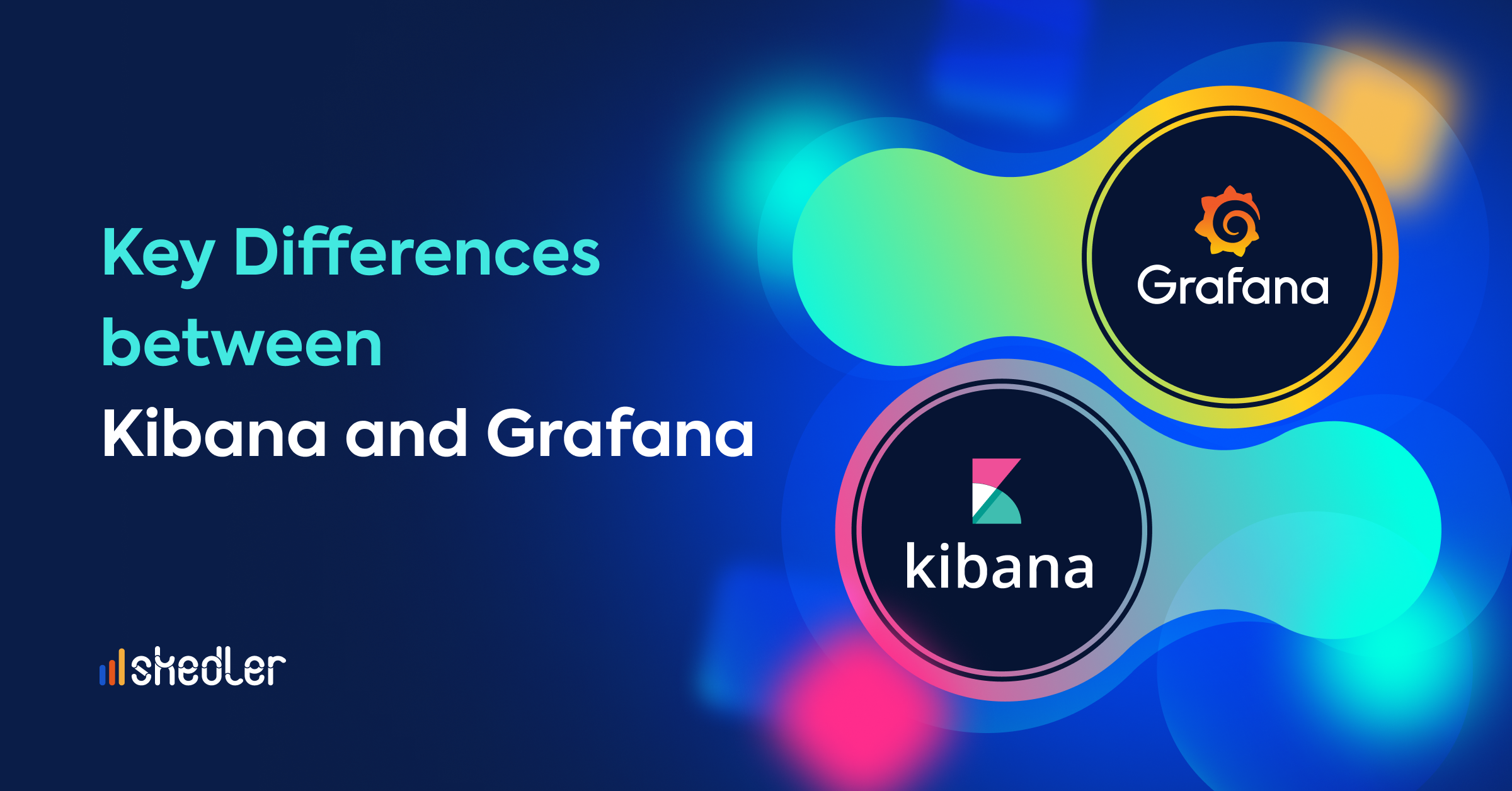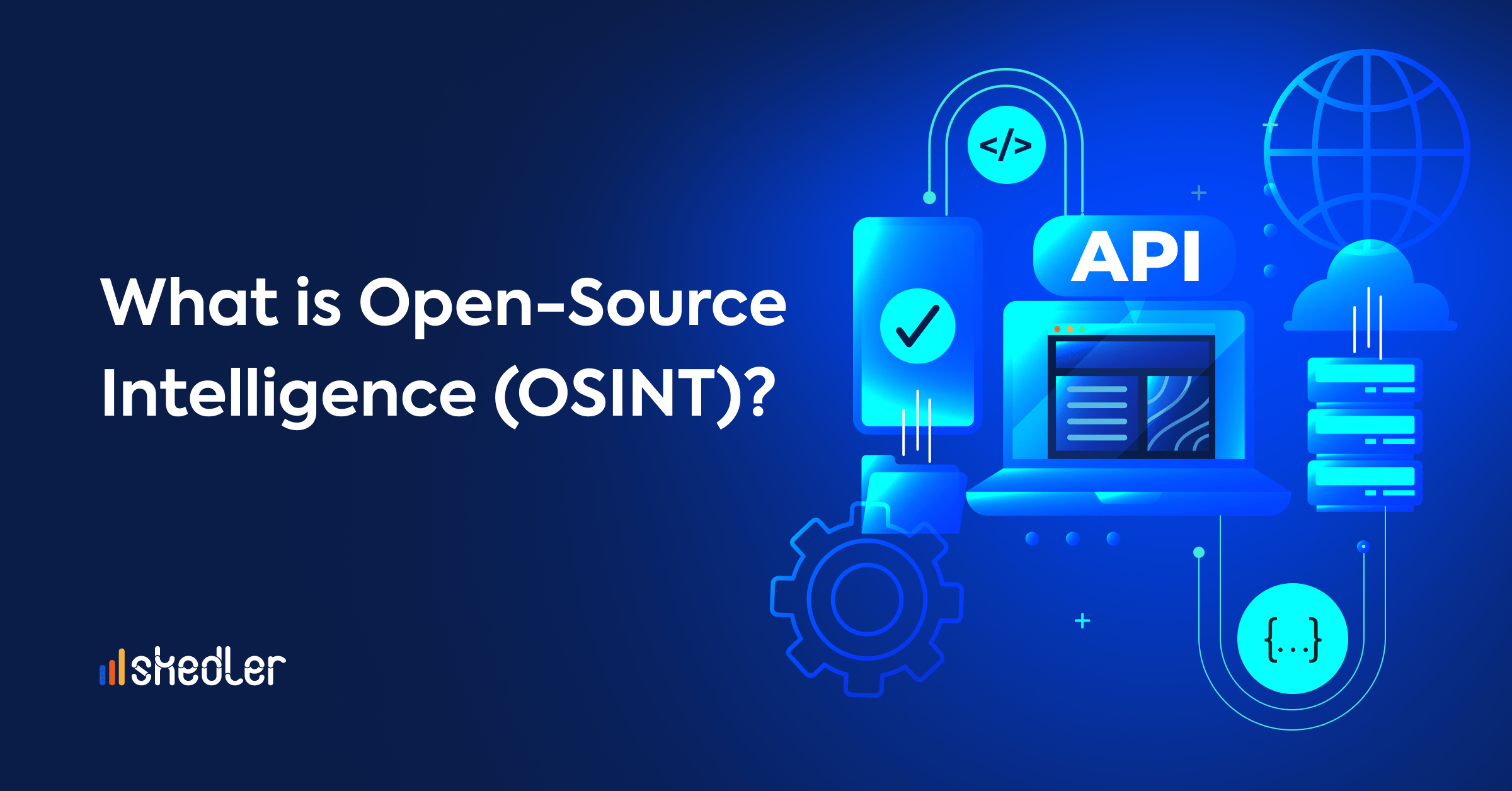Expert Series | Exploring WebAssembly in Cloud Computing w/ Nimesha J.
Welcome to a new edition of Skedler’s Expert Series. Today we talk to Nimesha Jinarajadasa, a software engineer and cloud computing enthusiast with over a half a decade of experience in the tech industry. With a wealth of knowledge and a deep understanding of cutting-edge technologies, Nimesha has been at the forefront of discussions surrounding WebAssembly and its implications for cloud computing. In this expert series, we delve into the world of WebAssembly and its role in shaping the future of cloud computing.
Before we continue, we invite you to check out our previous Expert Series with Nik Hewitt, a cybersecurity content creator who told us how he uses artificial intelligence to improve his work.
The Rise of WebAssembly in the Tech Industry
WebAssembly, often abbreviated as Wasm, is a binary instruction format that allows code written in languages other than JavaScript to run in the browser at near-native speed. “Think of it as a bridge that lets you bring the performance of languages like C, C++, and Rust to the web. This opens up a world of possibilities for high-performance applications, games, and even augmented reality on the web”, Nimesha says.
WebAssembly is gaining traction because it offers a performance boost for web applications. In Nimesha’s words, Wasm’s success lies in the fact that “it allows developers to use languages they are already familiar with and compile them for the web.” As the demands of web applications continue to grow, WebAssembly emerges as a key solution to meet these challenges.
WebAssembly in the Cloud: Advantages and Implications
In the context of cloud computing, WebAssembly offers a unique set of advantages. WebAssembly offers a consistent and efficient execution environment. This means applications can run seamlessly across different cloud environments without modification. Its compact binary format also ensures faster load times, which is crucial for cloud applications. This adaptability and efficiency make it an appealing choice for cloud-native solutions.
But what exactly is “cloud native WebAssembly”, and how does it contribute to the evolution of cloud computing architectures? Cloud native WebAssembly refers to the use of Wasm in cloud-native environments. “It’s about leveraging the portability and efficiency of Wasm in microservices, serverless functions, and other cloud-native paradigms. This approach can lead to more lightweight, faster, and more secure cloud applications.”, says Nimesha. His insights into this concept shed light on the future possibilities of cloud computing.
WebAssembly vs. Docker: A Brief Comparison
 While Docker and WebAssembly are distinct technologies, it’s essential to understand their respective strengths and use cases. In Nimesha’s words, this would be a brief comparison between Wasm and Docker: “Docker is about containerizing entire applications along with their environments, ensuring they run consistently across different platforms. WebAssembly, on the other hand, is about running code at near-native speed in the browser. While they serve different purposes, they can complement each other in hybrid applications.”
While Docker and WebAssembly are distinct technologies, it’s essential to understand their respective strengths and use cases. In Nimesha’s words, this would be a brief comparison between Wasm and Docker: “Docker is about containerizing entire applications along with their environments, ensuring they run consistently across different platforms. WebAssembly, on the other hand, is about running code at near-native speed in the browser. While they serve different purposes, they can complement each other in hybrid applications.”
Are there scenarios where WebAssembly might complement Docker, or are there cases where one technology is more suitable than the other? According to Nimesha, the answer is a resounding yes! “Imagine a scenario where a cloud application deployed using Docker containers needs to perform real-time data processing in the user’s browser. WebAssembly can be used for that in-browser computation, while Docker manages the backend services. This synergy between the two technologies can result in seamless user experiences and enhanced performance.”
Real-World Applications of WebAssembly in Cloud Computing
To bring the concept of WebAssembly in cloud computing into sharper focus, Nimesha introduces some practical examples. Companies like Shopify are using WebAssembly to speed up their online checkout processes. Figma, the design tool, uses Wasm to ensure its web-based editor is as fast as native applications. In the cloud, WebAssembly is being explored for edge computing tasks, where lightweight and fast execution is paramount. These real-world use cases exemplify the transformative power of WebAssembly in the cloud.
It’s evident that WebAssembly is a technology with the potential to reshape cloud computing. Its versatility, speed, and compatibility make it a powerful tool for developers and organizations seeking to deliver high-performance applications in the cloud. With experts like Nimesha leading the way, the future of cloud-native WebAssembly holds exciting promise for the tech industry.
About Nimesha Jinarajadasa
Nimesha Jinarajadasa, a software engineer at KodeKloud and freelance software engineer, is a leading figure in the world of cloud computing and DevOps. With over five years of hands-on experience, Nimesha’s expertise revolves around DevOps, CloudOps and web development. He is known for crafting high-performance web applications and expertise in cloud-native solutions.
His passion lies in exploring and advocating for cutting-edge technologies that can revolutionize the way we build and deploy applications.
Nimesha’s background shows his interest in the power of innovation in technology. To keep up with his work and ideas, connect with him on LinkedIn, follow his tweets on Twitter or contact him through Upwork.
If you are enjoying the Expert Series, we invite you to follow Skedler. If you want to automate your Kibana or Grafana reports, try Skedler now!




